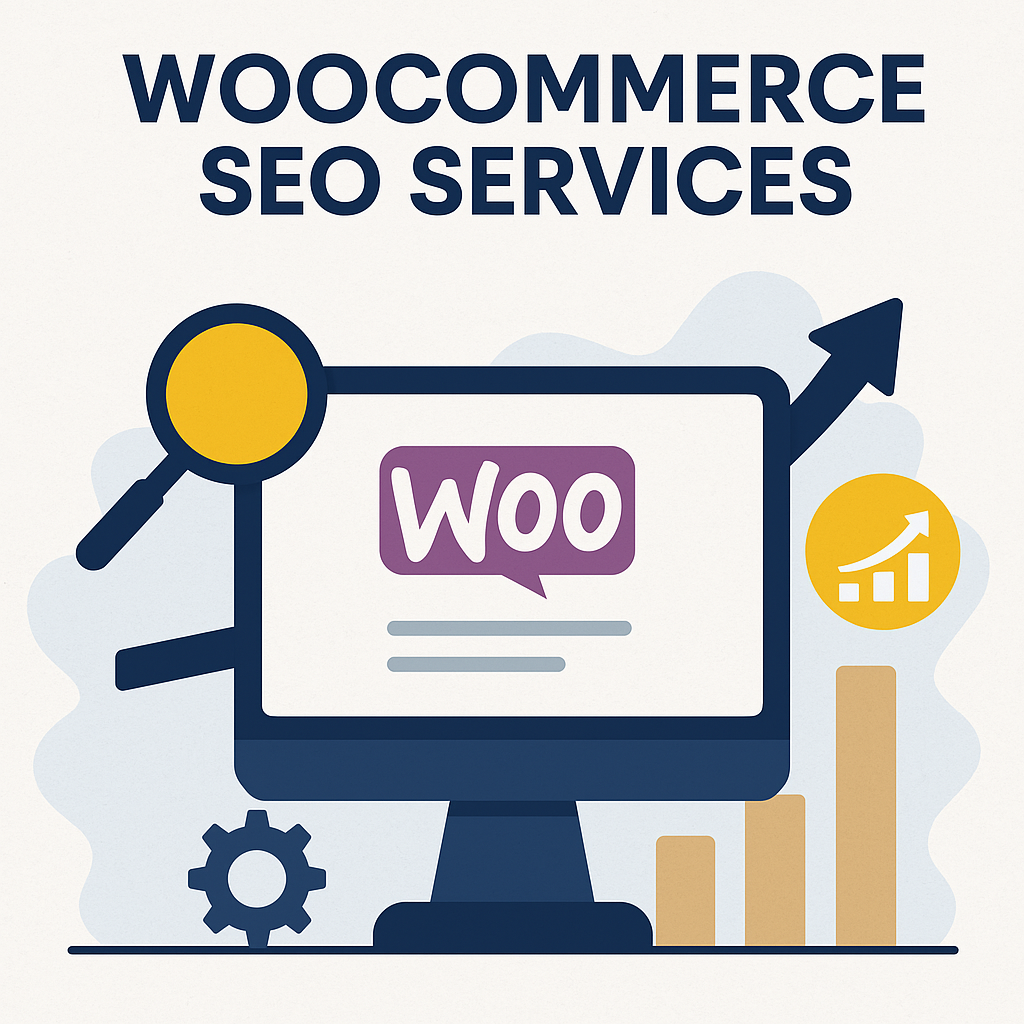 Digital Marketing
Digital Marketing
What Every Store Owner Gets Wrong About Visibility and How to Fix It
- by emilyrose
If you own an online store, you probably already know that visibility is everything. After all, what good is a beautiful website with fantastic products if no one can find it? But here’s the thing, most store owners don’t realize that visibility isn’t just about being on the internet. It’s about being seen the right way, by the right people, at the right time.
Unfortunately, many e-commerce entrepreneurs make critical mistakes that hold their stores back from reaching their full potential. The good news? These mistakes are completely fixable once you understand what’s going on. In fact, with the right WooCommerce SEO services, you can overcome these hurdles more efficiently. In this post, we’ll dive deep into the common visibility pitfalls that many store owners face and how you can fix them to turn your store into a well-oiled, customer-attracting machine.
The Visibility Myth: More Traffic Equals More Sales
One of the biggest misconceptions is that simply driving a ton of traffic to your site will automatically lead to more sales. It’s a logical assumption — more visitors should mean more customers, right?
Not exactly.
Here’s what’s happening: If the visitors coming to your store aren’t your target audience, or if your site isn’t optimized to convert, you’re just wasting time and money.
Imagine hosting a party and inviting hundreds of people, but none of them want what you’re offering. Your house will be full, but no one will buy your product. That’s what happens when you focus solely on traffic volume instead of quality and relevance.
How to fix it:
- Define your ideal customer clearly. Who are they? What are their needs and pain points? Where do they hang out online?
- Target your marketing and SEO efforts to attract those specific people. This means using keywords and content that match what your real customers search for.
- Analyze your traffic sources and conversion data regularly to identify which channels bring visitors who actually engage and buy.
Ignoring the Power of Search Intent
Another major error is misunderstanding or ignoring search intent. This is the reason why people type certain phrases into Google or other search engines.
For example, if someone searches “best running shoes for flat feet,” they’re looking for recommendations and product reviews. But if they just search “running shoes,” they could be in the early stages of research or simply browsing.
When store owners optimize their sites with generic keywords like “running shoes,” they miss the chance to connect deeply with buyers who are ready to make a purchase or who want specific information.
How to fix it:
- Break down keywords into informational, navigational, and transactional types.
- Build content and product pages tailored to each intent. For instance:
- Blog posts or guides to answer questions (“How to choose running shoes for flat feet”)
- Product comparison pages for buyers comparing options
- Clear product pages optimized for purchase-related queries
- Use tools like Google Search Console and keyword research platforms to understand what your audience is searching for.
Underestimating the Role of User Experience (UX)
Visibility doesn’t just mean getting visitors to your store — it also means keeping them there. Many store owners obsess over keywords and backlinks but overlook how frustrating it can be for customers to navigate a slow or confusing site.
Poor user experience can dramatically increase your bounce rate, meaning visitors leave your site without exploring or buying. Search engines also take user signals into account, so if people are bouncing quickly, your rankings can suffer.
How to fix it:
- Make sure your website loads quickly, aiming for under 3 seconds.
- Simplify navigation so visitors can find products with minimal clicks.
- Optimize your site for mobile users, who are often the majority.
- Use clear calls-to-action (CTAs) that guide visitors toward making a purchase.
- Regularly test your site from a user’s perspective and gather feedback.
Forgetting About On-Page SEO Basics
While many store owners know SEO matters, they often forget the simple on-page optimizations that can significantly improve visibility. These include optimizing product titles, descriptions, image alt text, and URLs.
A poorly optimized product page might rank lower because search engines don’t understand what it’s about or don’t see it as relevant to users.
How to fix it:
- Write unique, descriptive product titles that include relevant keywords naturally.
- Craft detailed product descriptions highlighting benefits and features, not just specs.
- Use high-quality images with optimized alt text to improve image search traffic.
- Structure URLs to be simple and keyword-friendly.
- Use internal linking to connect related products or helpful content.
Not Leveraging Customer Reviews and Social Proof
People trust other customers more than brands. Yet, many stores miss out on using reviews and testimonials effectively, which hurts both trust and search rankings.
User-generated content like reviews adds fresh, relevant content to your pages and naturally increases keyword diversity. Plus, it builds confidence for potential buyers.
How to fix it:
- Encourage customers to leave reviews by sending follow-up emails post-purchase.
- Showcase reviews prominently on product pages.
- Respond to reviews (both positive and negative) to show engagement.
- Use social proof, like star ratings and testimonials, in marketing materials and on your homepage.
Overlooking Technical SEO and Site Health
Technical SEO might sound intimidating, but it’s crucial. It includes elements like site speed, mobile-friendliness, secure connections (HTTPS), and fixing broken links or duplicate content.
If your site has technical issues, search engines can struggle to crawl and index your pages, limiting your visibility.
How to fix it:
- Use tools like Google Search Console and SEO audit software to identify problems.
- Ensure your website is mobile-optimized and secure.
- Fix broken links, remove duplicate content, and create an XML sitemap.
- Optimize your site structure to make it easy for search engines to find all pages.
Not Measuring and Adjusting Continuously
One of the biggest mistakes is thinking SEO and visibility are “set it and forget it.” The online market changes constantly — competitors evolve, search algorithms update, and customer preferences shift.
Store owners who fail to monitor their SEO performance miss opportunities to improve and adapt, falling behind more proactive competitors.
How to fix it:
- Set up regular tracking for traffic, rankings, conversions, and bounce rates.
- Use tools like Google Analytics, Google Search Console, and keyword tracking software.
- Analyze the data monthly and adjust your strategy based on what’s working or failing.
- Stay updated on SEO trends and e-commerce marketing best practices.
Conclusion
Visibility isn’t just about stuffing keywords or throwing money at ads. It’s about understanding your audience, meeting them where they are, and providing a seamless, trustworthy experience from search to checkout.
By avoiding these common mistakes and focusing on strategic, data-driven, and customer-centric improvements, you can unlock your store’s true potential and watch your sales grow sustainably.
Remember: visibility is a journey, not a destination. Keep learning, testing, and optimizing — and the right customers will find you.









